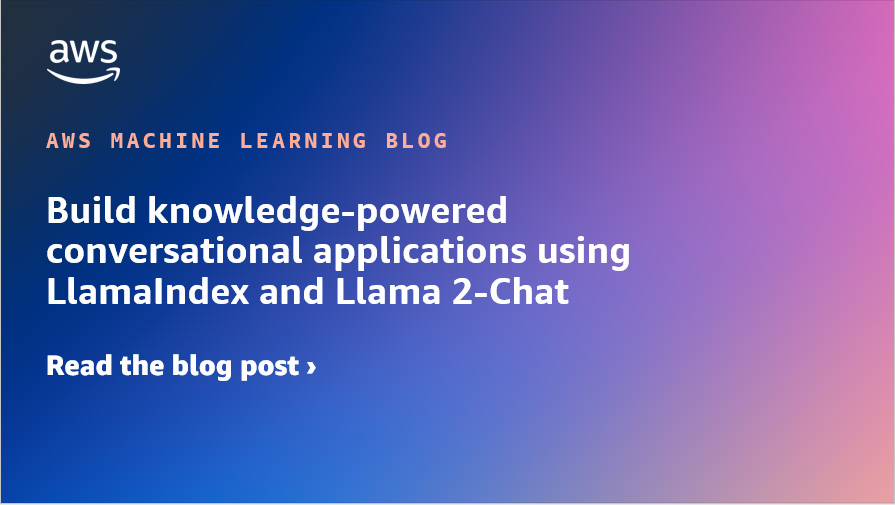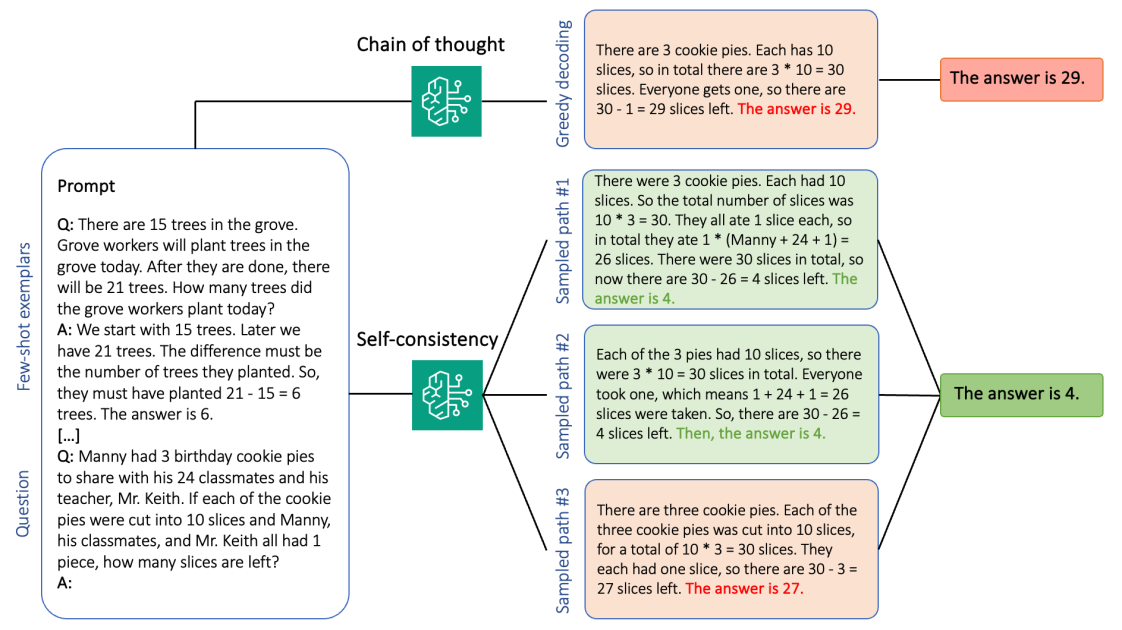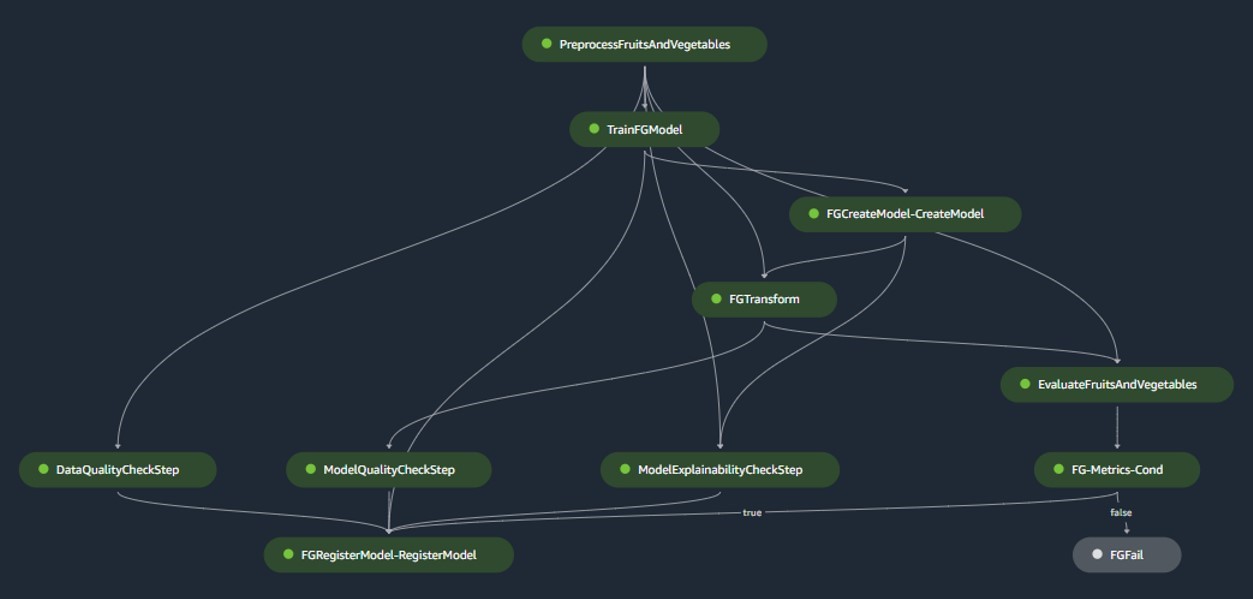Self-supervised features are typically used in place of filter-bank features in speaker verification models. However, these models were originally designed to ingest filter-banks as inputs, and thus, training them on self-supervised features assumes that both feature types require the same amount of learning for the task. In this work, we observe that pre-trained self-supervised speech features inherently include information required for a downstream speaker verification task, and therefore, we can simplify the downstream model without sacrificing performance. To this end, we revisit the design of the downstream model for speaker verification using self-supervised features. We show that we can simplify the model to use 97.51% fewer parameters while achieving a 29.93% average improvement in performance on SUPERB. Consequently, we show that the simplified downstream model is more data efficient compared to the baseline–it achieves better performance with only 60% of the training data.



